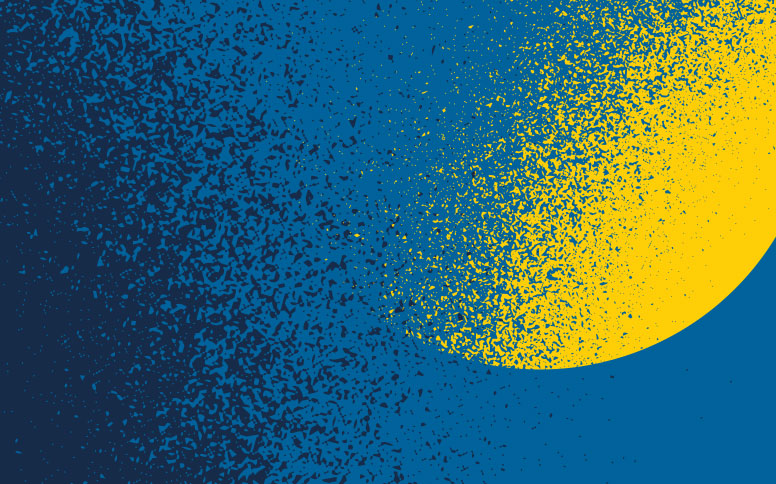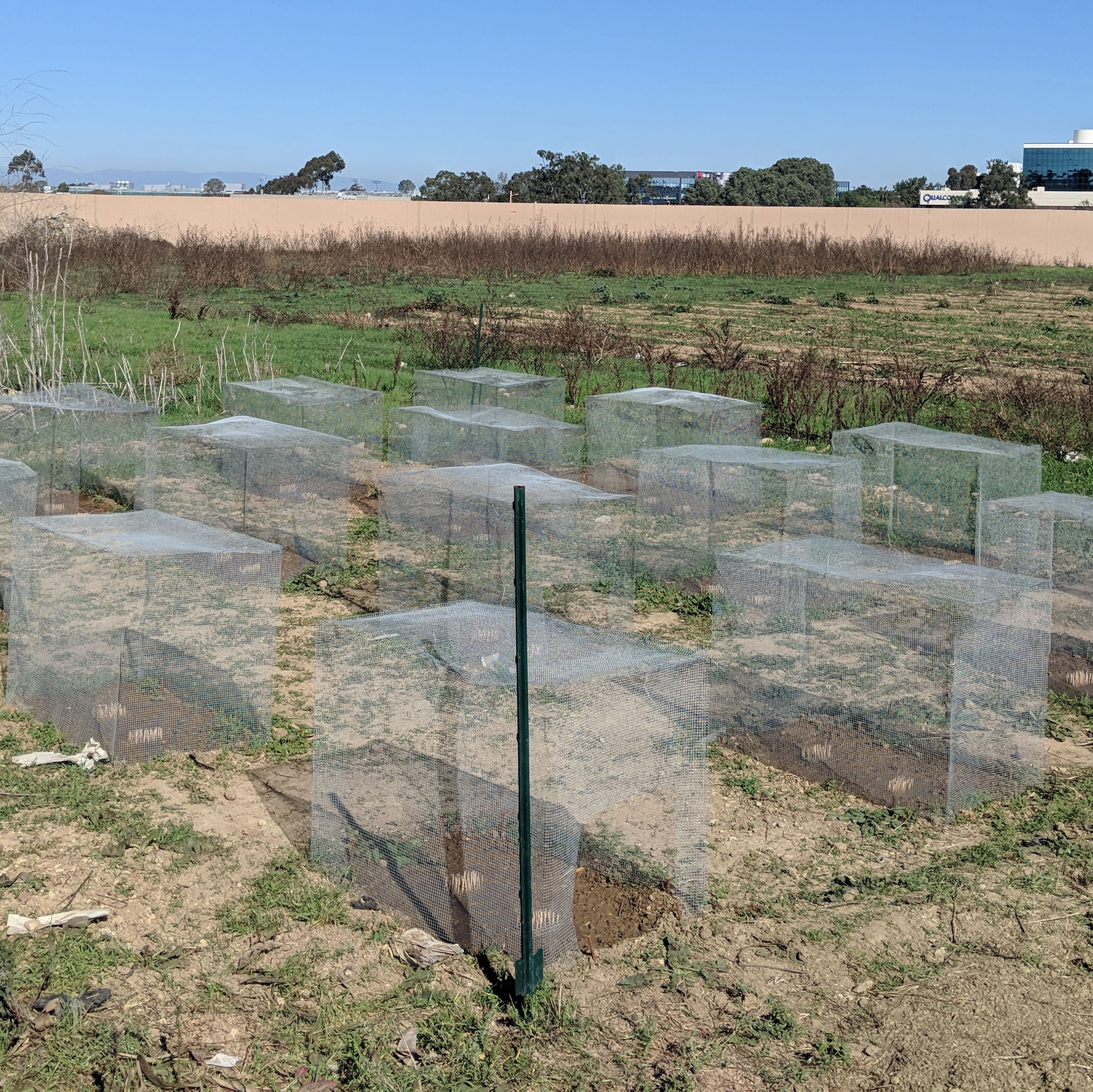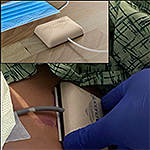Older Adults with Functional Impairments Linked to Prescription Drug Use/Misuse
Researchers at University of California San Diego School of Medicine found that functional impairments among adults aged 50 and older are associated with a higher risk of medical cannabis use; and prescription opioid and tranquilizer/sedative use and misuse.














